The Plant Behind the Oil: Bergamot

“I have found a fragrance that reminds me of an Italian spring morning, of mountain daffodils and orange blossoms after the rain.” ~ Johann Maria Farina, 1708
The aroma of the fruit of the bergamot tree is an indisputable classic. Light, complex, and elegant, it is a scent of sun-soaked southern Italy, a fragrance forever immortalized since its inclusion of the classic toilet water Eau de Cologne centuries ago. Bergamot is loved the world over, and beyond its iconic place in perfumery, its distinct aroma and properties have been prized for equally long in cuisine and folk medicine.
A Sprig of Botany
Citrus bergamia is a citrus tree belonging to the Rutaceae family. It is the offspring of a combination of citrus plants; which ones has been a subject of historical debate, but genetic testing points to it being a hybrid of bitter orange (Citrus aurantifolia) and lemon (Citrus limon).
The origins of the tree are also unknown. Some sources say this citrus hybrid is from south Asia, and there are unsubstantiated tales of Christopher Columbus bringing the tree from the Canary Islands to Italy in the 15th century. According to aromatherapist and herbalist Peter Holmes in Aromatica (Vol. 1, 2016), the tree was likely hybridized in the 9th century in Muslim Sicily (the island off the southwest tip of Italy).
The bergamot tree is most famously grown in a small area of the province of Reggio Calabria, on the southernmost tip of Italy. It is claimed that the climate and soil in this region give the fruit its distinctive aroma profile with unmatched quality, and this is one of the few areas in the world where the trees truly thrive and produce abundant fruit. Bergamot trees are also grown in other areas of the Mediterranean, as well as in East Africa, Côte d’Ivoire, Brazil, and Argentina, but the majority of Citrus bergamia trees are in Calabria and 90% of the world’s bergamot oil is sourced from these bergamot groves.
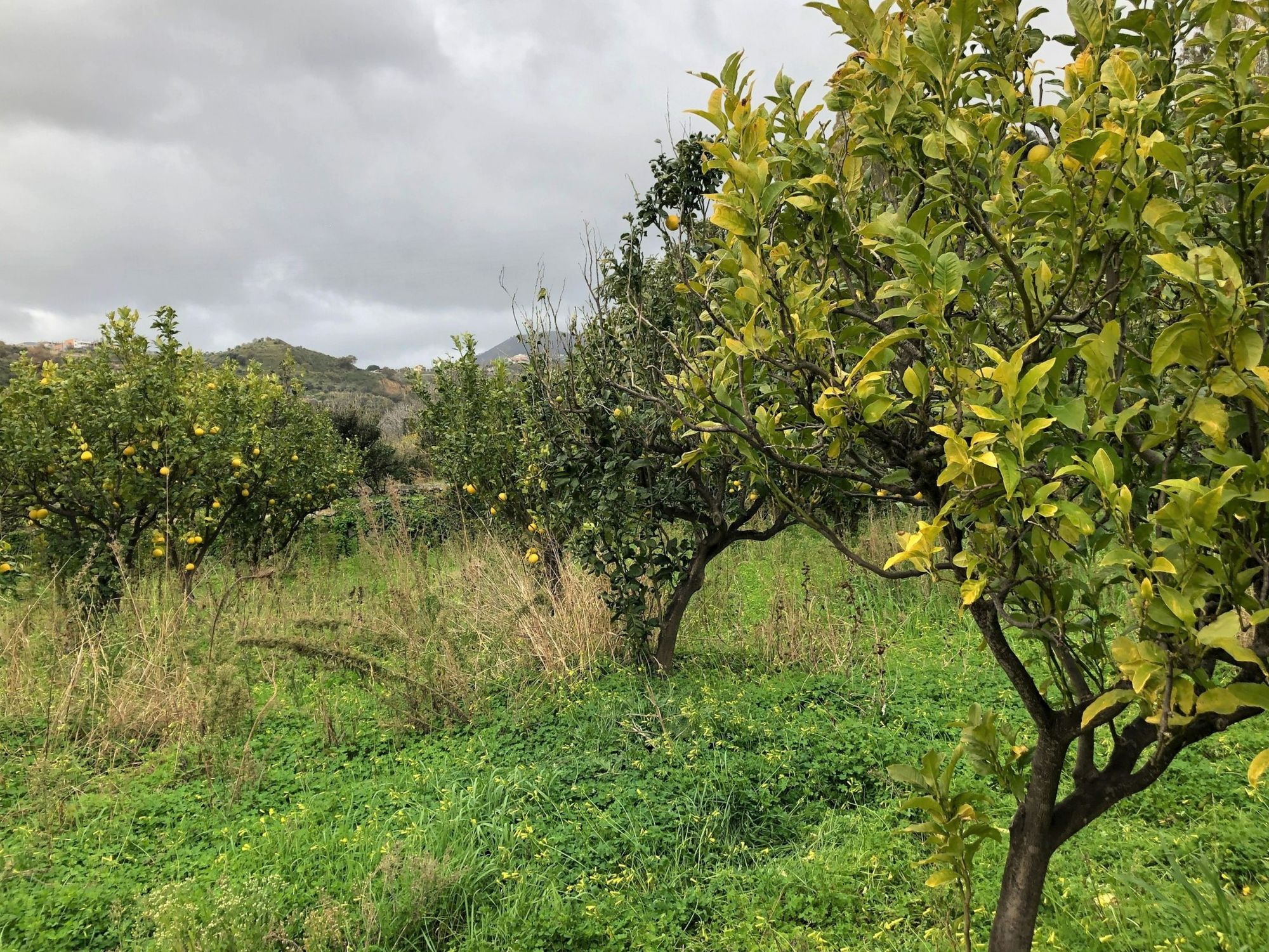
Citrus bergamia abounds in misidentification and confusion due to its common name. How did this tree and its fruit come to be called bergamot (or bergamotto in Italian and bergamote in French)?
One theory is that it is named for the northern Italy city of Bergamo. Some posit that the fruit was processed here for its essential oil and thus named after the city. However, Bergamo is significantly distant from Calabria, where the trees are cultivated, so this connection is rather tenuous.
Some versions of the story of Columbus introducing the tree to Italy say that he brought it by way of Berga, Spain, and it is from that city that the plant and fruit gained its appellation.
Another option is that the fruit was called bergamot because it looked similar to a pear known as beg-armudi, which in Ottoman Turkish meant “prince’s pear.”
Additionally, the name and its occasionally pear-shaped form have resulted in the fruit of Citrus bergamia being confused with Poirier bergamote or bergamot pear, a variety of the common pear.
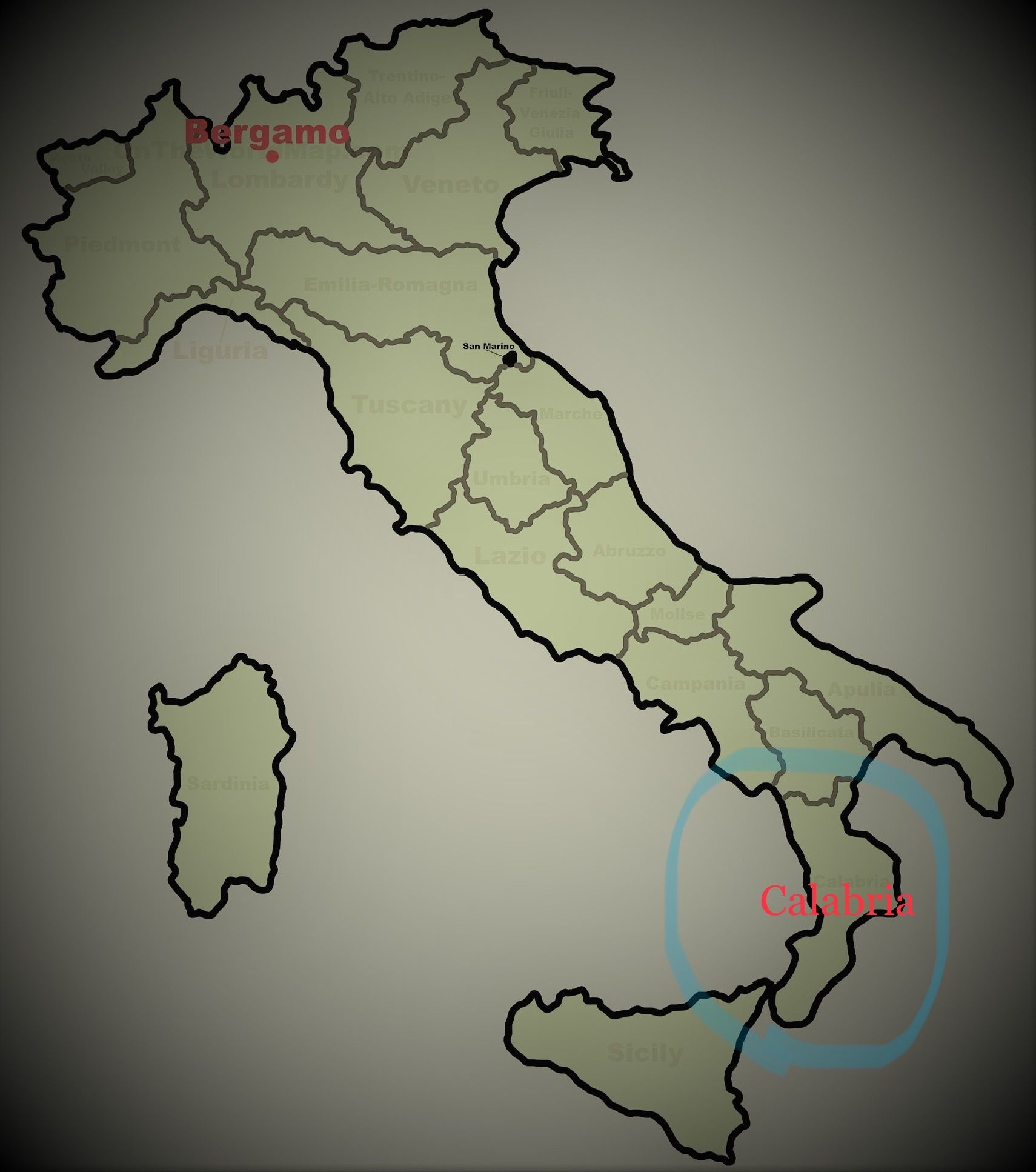
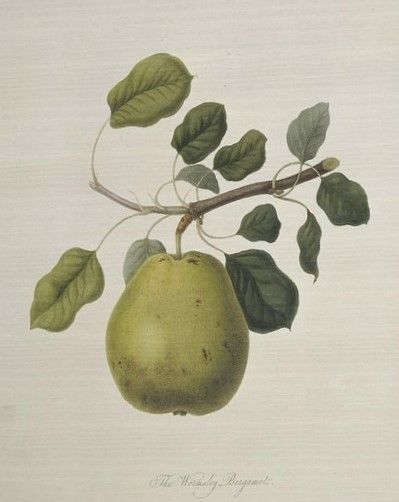
The distance between Bergamo and Calabria in Italy; and a botanical illustration of a bergamot pear
The bergamot confusion continues because, in France, bergamot can often refer to Citrus limetta, which is otherwise called sweet lime, sweet lemon, or sweet limetta.
Citrus hystrix, commonly known as makrut or makrud lime, is also called Thai bergamot. Because ‘makrud’ translates from Thai as ‘bergamot’, this has led to widespread confusion about the true appearance of the fruit of Citrus bergamia. Many internet posts about Citrus bergamia, and even TV programs highlighting the use of the essential oil, mistakenly present photos of makrut limes.
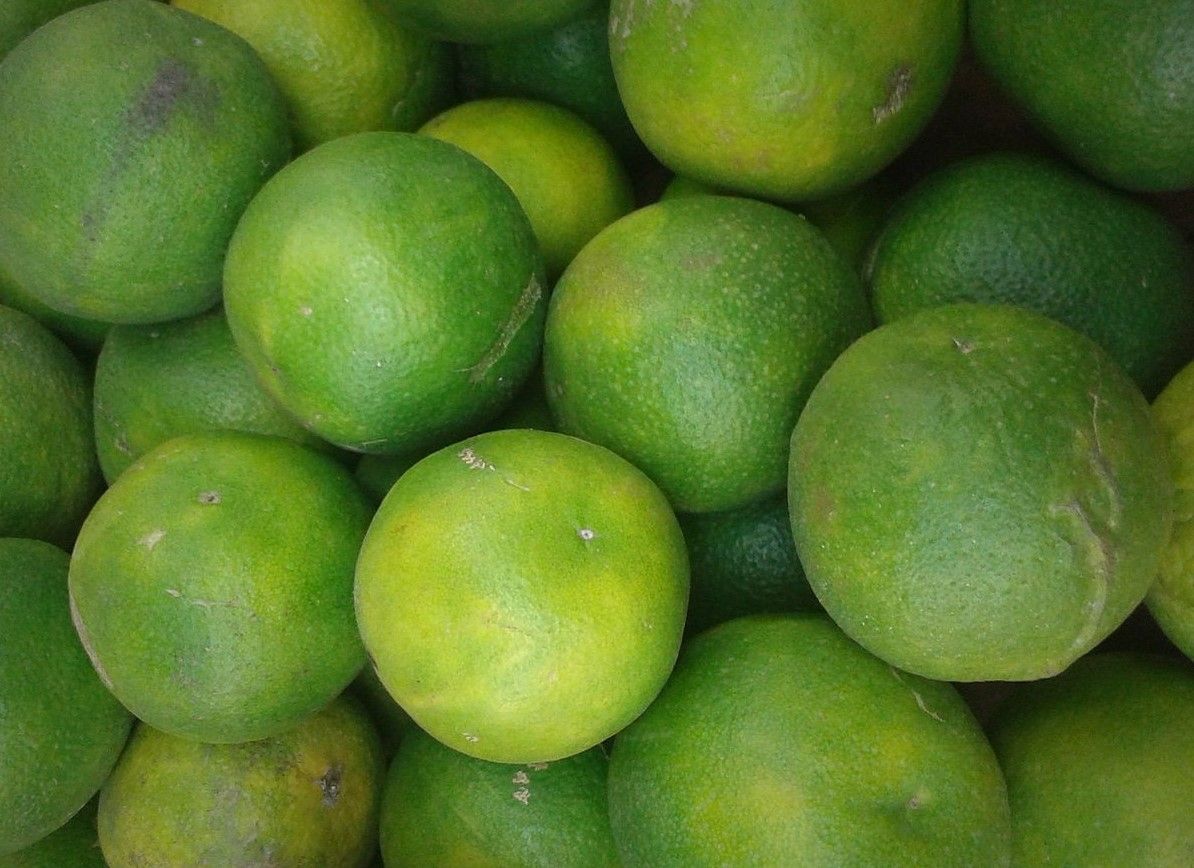
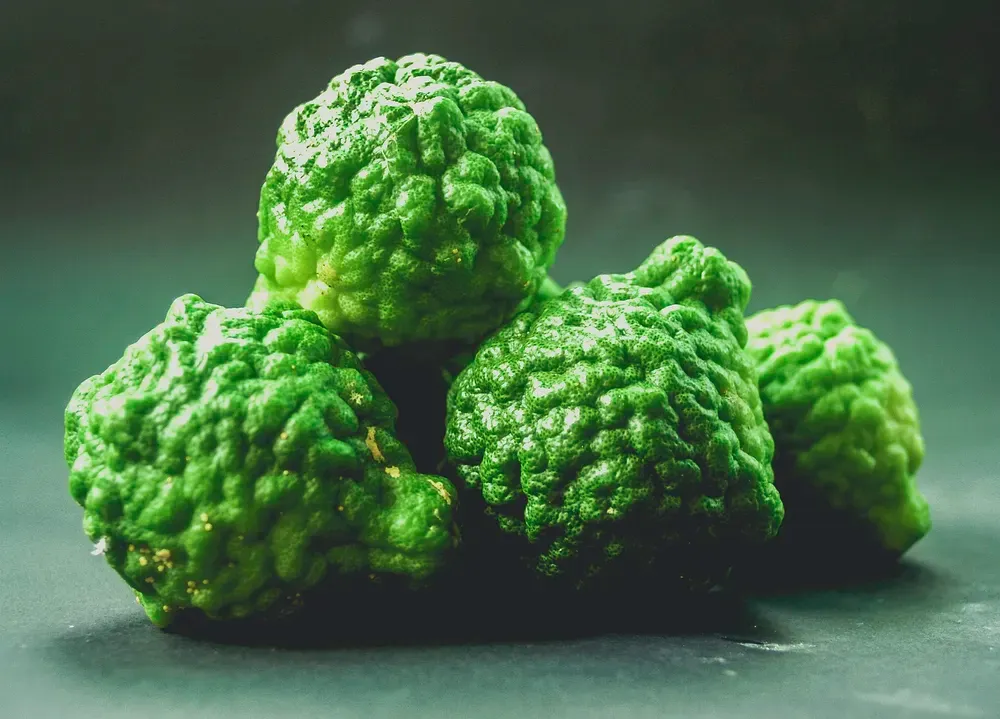
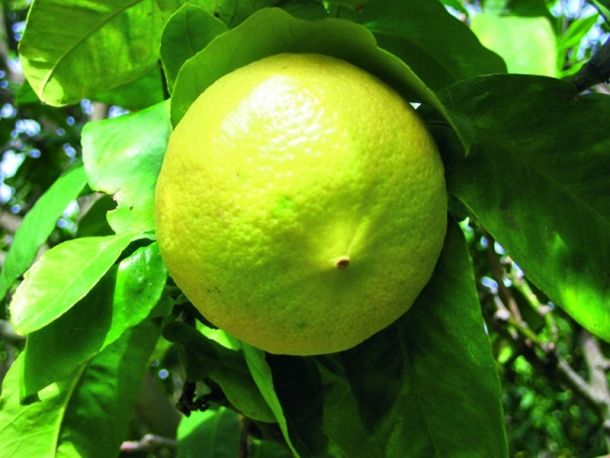
Citrus limetta (not bergamot!), Citrus hystrix (makrut lime - not bergamot!), and Citrus bergamia (yes, bergamot!)
The bergamot citrus is also not to be confused with the herbs called bergamot from the Monarda family: Monarda fistulosa (‘wild bergamot’) and Monarda citriodora (‘lemon bergamot’). Bergamot mint, Mentha citrata, is another herb that is not related to the citrus bergamot except in appellation. These herbs share some similar fragrance notes as the citrus, giving rise to their common names, as well as confusion between plants!
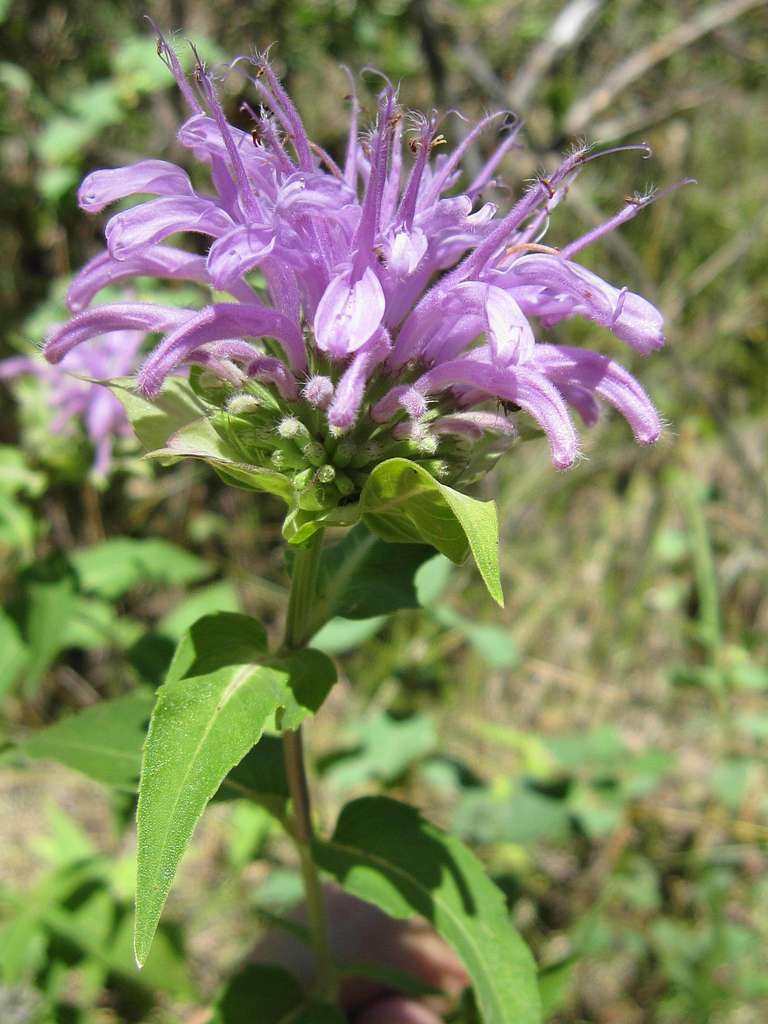
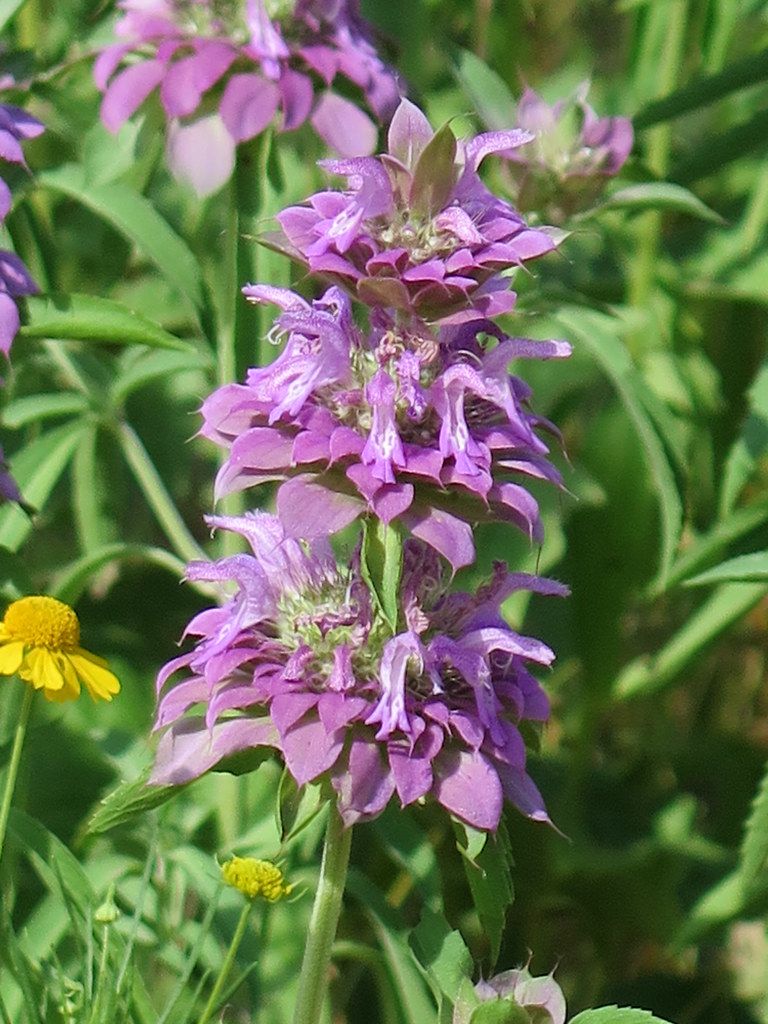
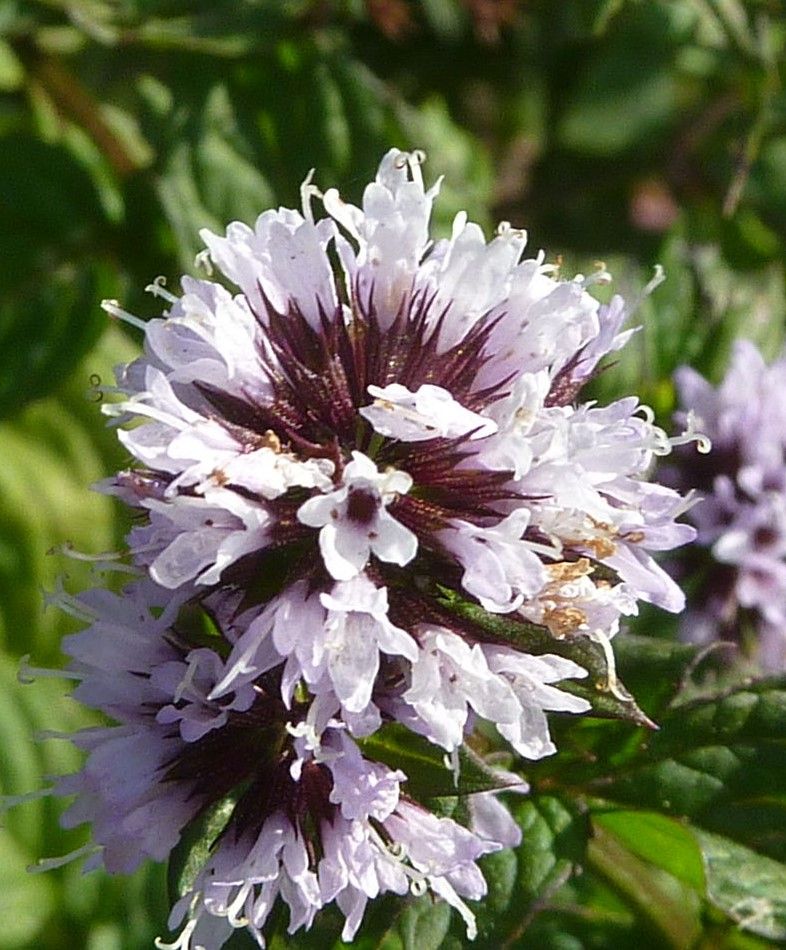
Monarda fistulosa (wild bergamot), Monarda citriodora (lemon bergamot), and Mentha citrata (bergamot mint)
Citrus bergamia is a small evergreen tree that grows to 12 to 27 feet (4 to 9 meters) in warm Mediterranean climates with mild winters. It has an erect form and glossy oval leaves that are alternately arranged. The tree produces clusters of creamy white flowers in the summer and fall, which mature into fruits that are harvested in winter. A well-managed bergamot tree will produce fruit for 60 years.
The bergamot fruits are round to pear-shaped, slightly larger than an average orange, with a thin skin that turns from green to yellow as it ripens. Beneath the aromatic rind, the interior flesh resembles that of a grapefruit and is very bitter and pungent in flavor.
There are four varieties of the bergamot tree: Calabrese, Femminello, Castagnaro, and Fantastico; the newer Fantastico variety is the most cultivated because it tends to produce a higher yield of essential oil.
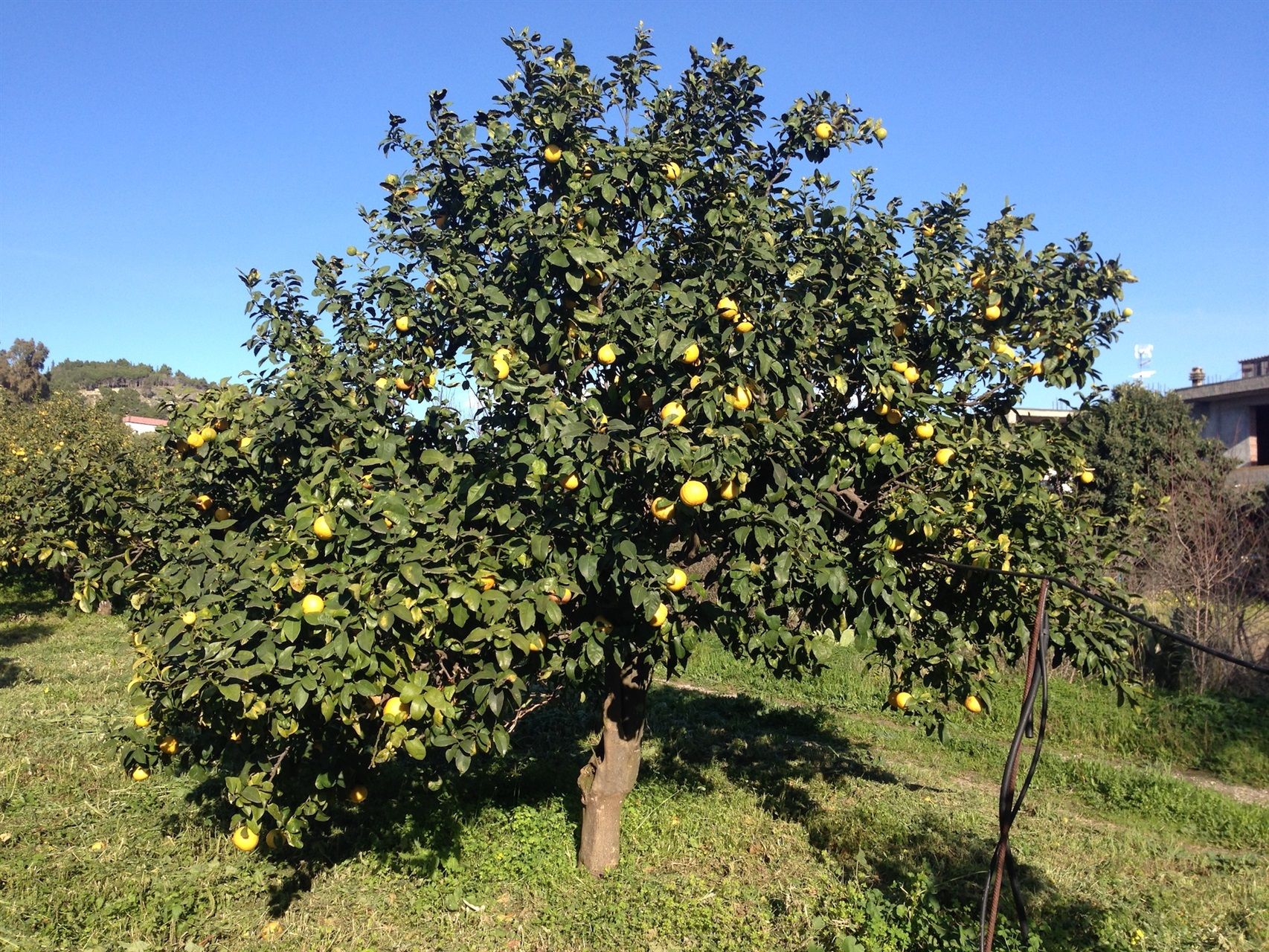
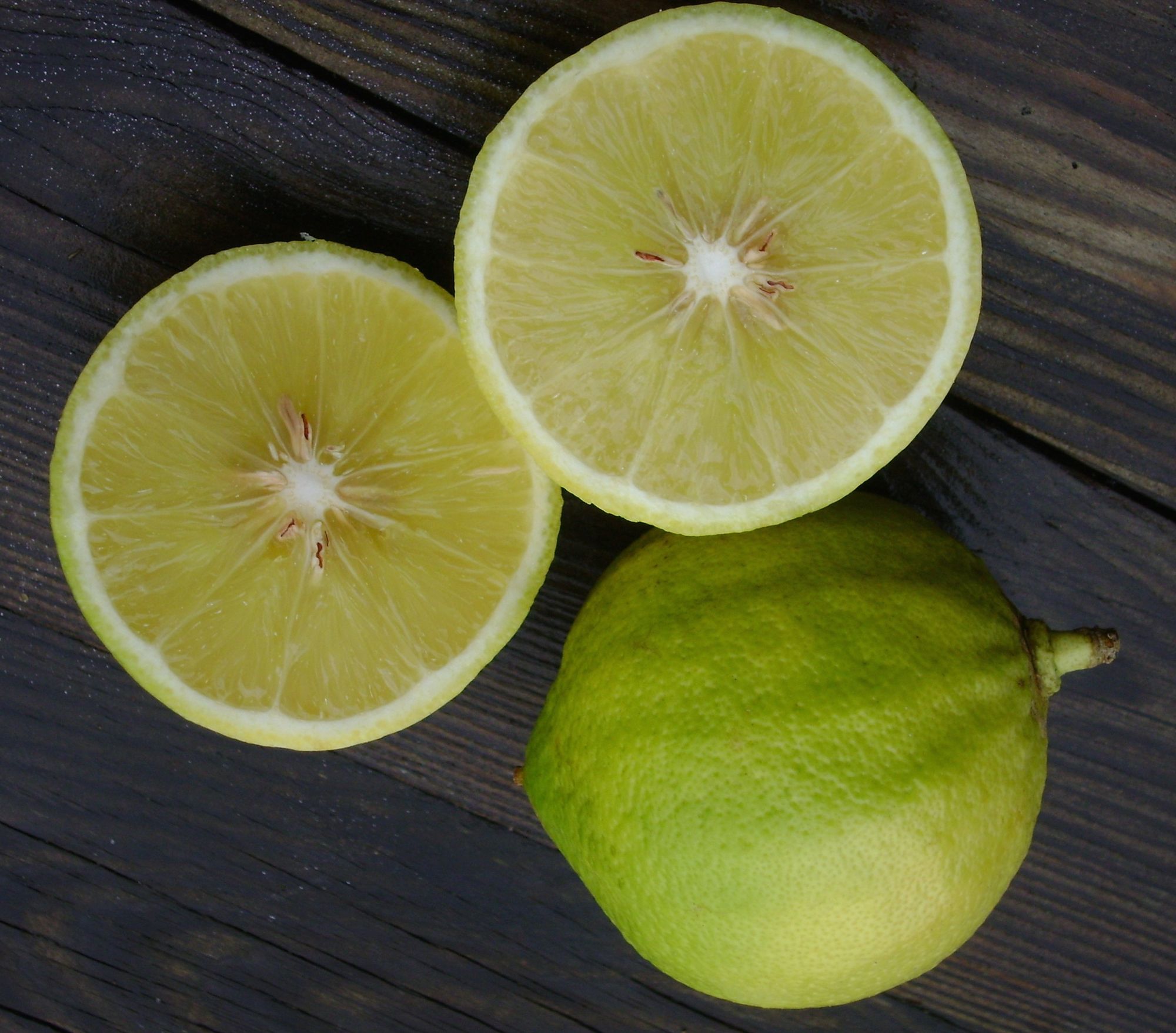
Citrus bergamia tree heavy with fruit, and a cross-section of bergamot
A Leaf Through History and Traditional Use
According to Gabriel Mojay, “Bergamot oil was an important remedy in Italian folk medicine, and from the 16th century onward appeared in a number of European herbals as an antiseptic and febrifuge.” (Aromatherapy for Healing the Spirit, 1999). In Calabria and other parts of Italy, bergamot was traditionally employed to address fevers, parasitic diseases, and respiratory and urinary infections. It was used to aid in healing wounds and problematic skin conditions, to reduce stress and insomnia, and to soothe sore throats. It was also utilized as an insect repellent.
Bergamot became most renowned for the use of its essential oil in European perfumery, being a popular ingredient for its zesty, sophisticated fragrance since the 1650s. Peter Holmes shares, “It is a key top note in the famous Aqua Admirabilis, later renamed Eau de Cologne… It was created in Germany in the Italian tradition by the emigrant pharmacist Gian Paolo Feminis, using hydrosols, herbal tinctures, and essential oils. His water won the day because its fresh citrus, herbaceous bouquet of Neroli, Bergamot, Lavender, and Rosemary captured the spirit of the times: exploratory, light-hearted, and socially engaged.” (Aromatica, Vol. 1, 2016) Gian Paolo Feminis’s recipe was made famous as Eau de Cologne by his nephew, Giovanni (Johann) Maria Farina. Bergamot continued to be a favorite essence included in the range of personal care products that become increasingly fashionable from the mid-1700s onward, one example being Napoleon Bonaparte’s cleanser of choice, Brown Windsor soap from England, scented of bergamot, lavender, and clove. Beyond its alluring aroma, bergamot oil was prized for its ability to prolong the fragrance of a product.
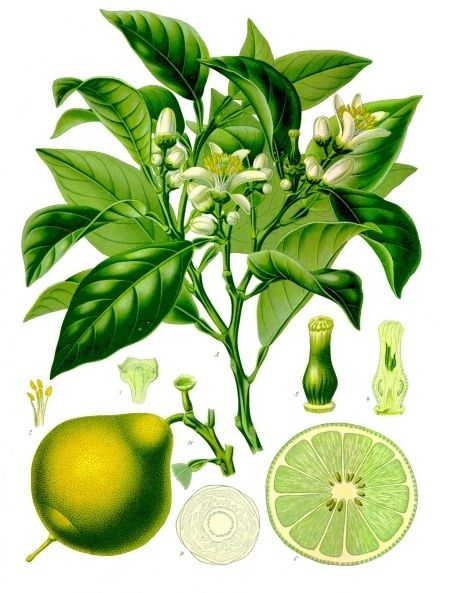
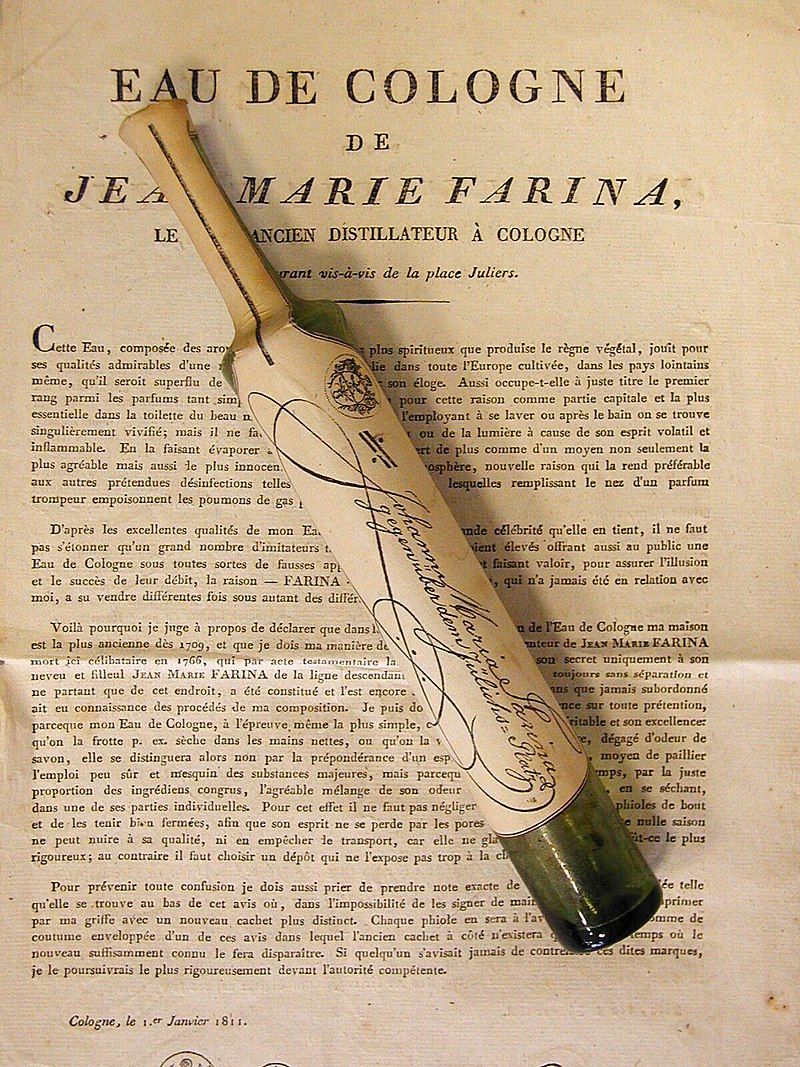
Botanical drawing of Citrus bergamia from a 19th century German herbal and the famed Eau de Cologne
The essential oil has always been obtained by rasping and cold pressing the peel of the fruit. This was laboriously done by hand for centuries until a competition was organized in Italy in the 19th century to develop an automated form of extraction. Nicola Barilla and Luigi Autieri won the competition in 1844 with the invention of the Macchina Calabrese. Over the years, this design was further improved to increase the efficient production of high-quality bergamot oil.
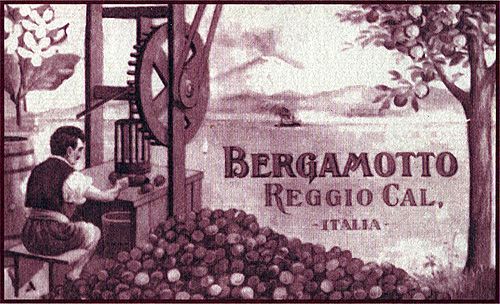

The Macchina Calabresa, invented in 1844
Though some claim that the fruit is not edible, it is grown in small amounts in Mauritius specifically for its juice, and in Turkey, bergamot fruit has long been popular as a marmalade.
The southern Italians use bergamot oil in a wide variety of traditional dishes and beverages, from risotto to pastries to their ll Bergamino liqueur. Outside Italy, bergamot oil is a classic ingredient in the confection Turkish Delight, as well as the French hard candy Bergamotes de Nancy from the Lorraine region. It is bergamot oil that gives the esteemed Earl Grey and Lady Grey teas their characteristic flavors, and it is also one of the key citrus nuances in Cointreau, an orange-flavored liqueur from Saint-Barthélemy-d'Anjou, France.
Additionally, bergamot is one of the traditional flavorings added to Swedish snus (a smokeless tobacco product).
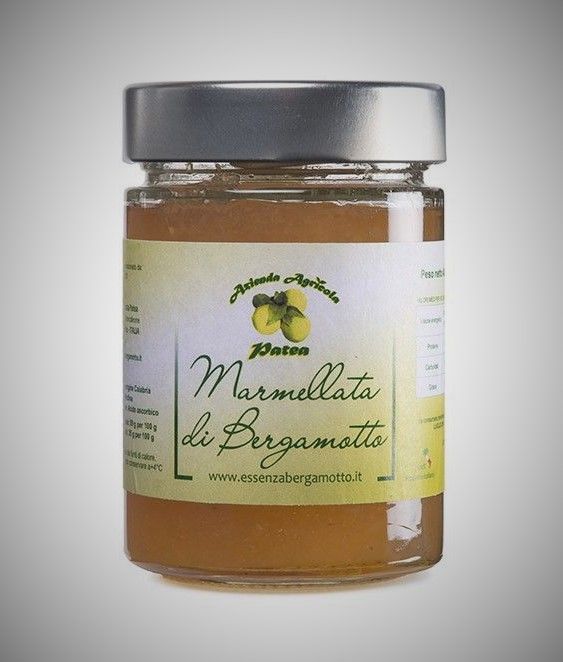
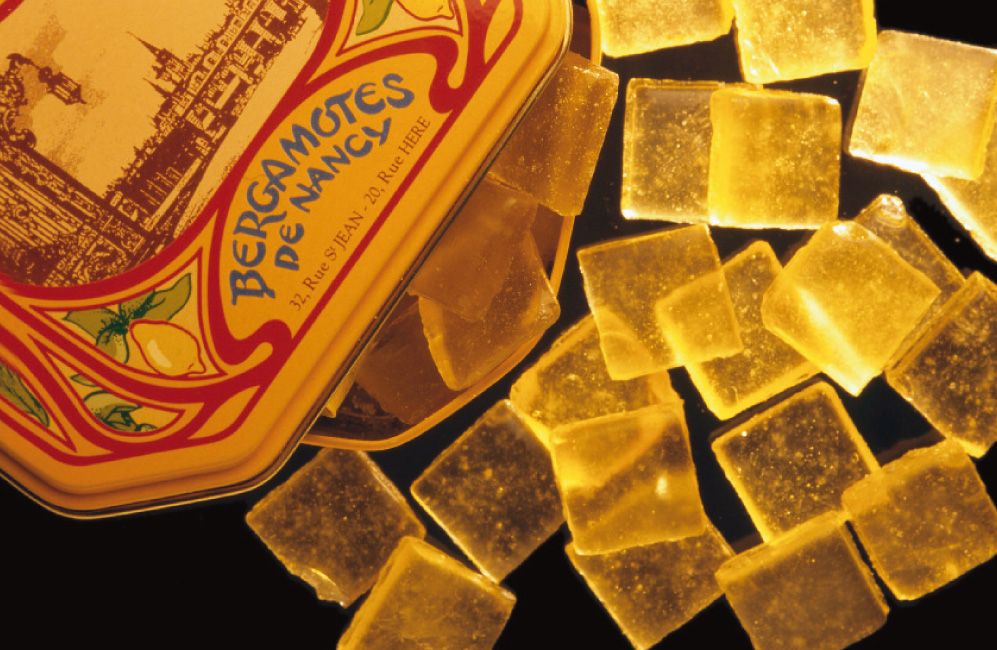
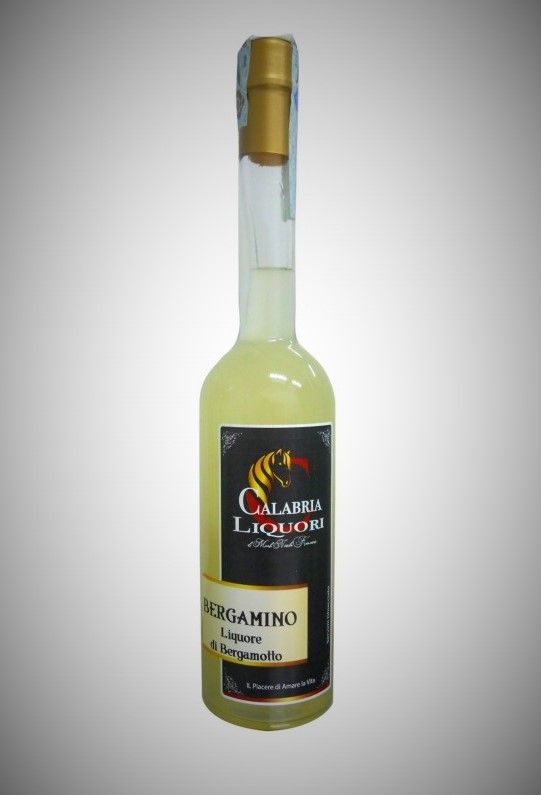
The Italians hold the reputation of their bergamot oil in high regard and have a regulatory control body located in Reggio Calabria, the Stazione Sperimentale per le Industrie delle Essenze e dei Derivati dagli Agumi (Experimental Station for Essential Oil and Citrus By-Products), which rigorously tests bergamot oils for quality and purity.
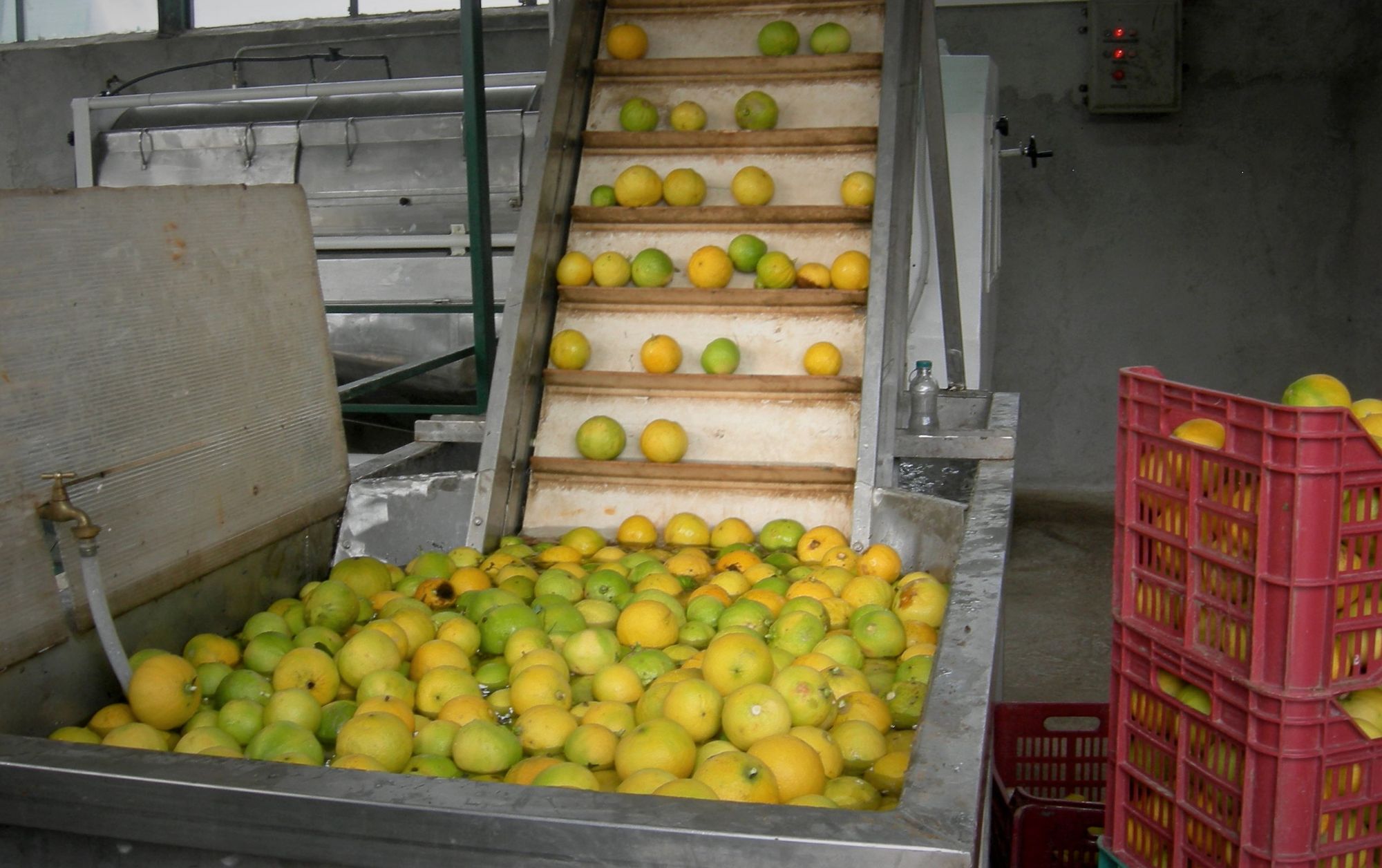
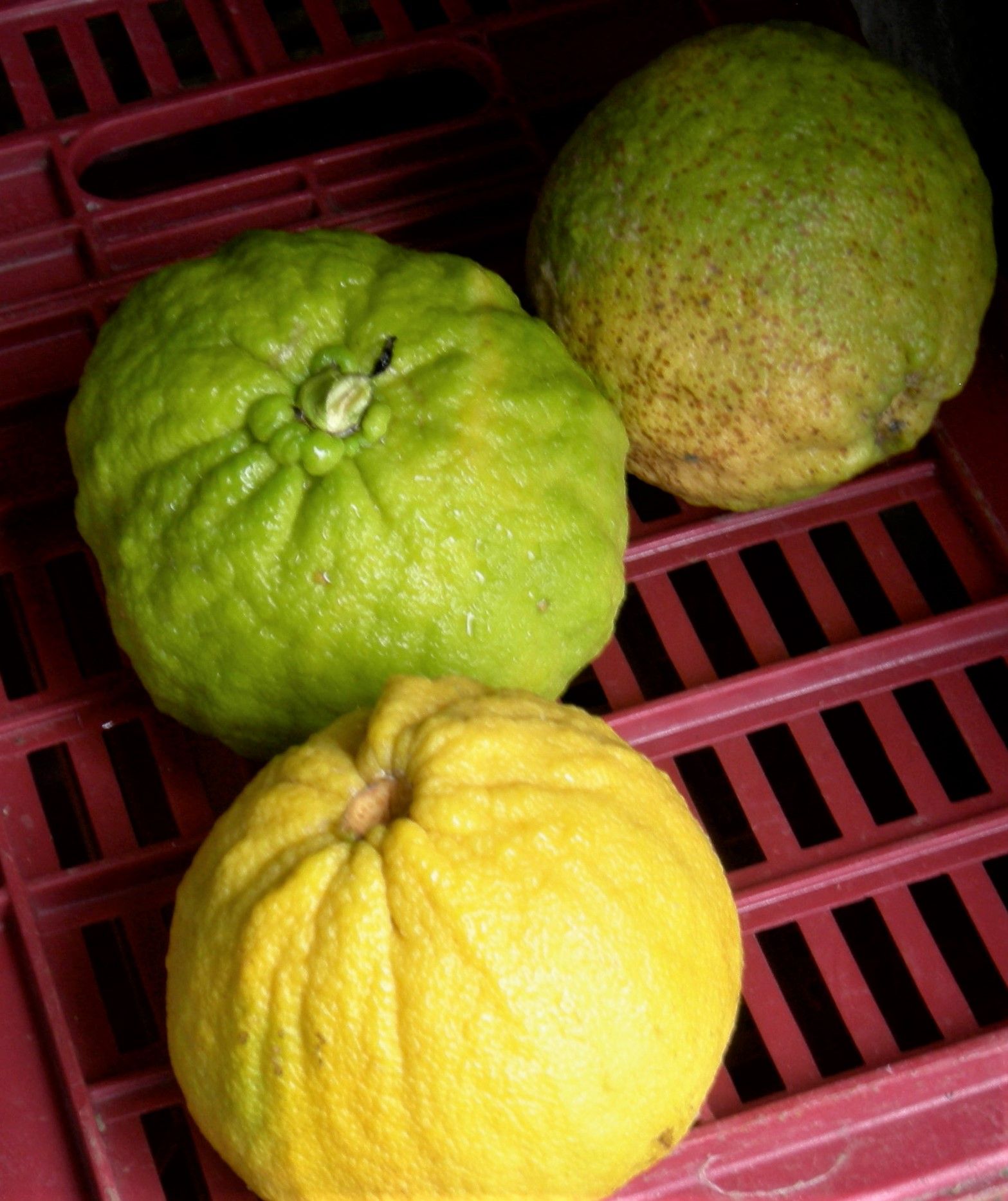
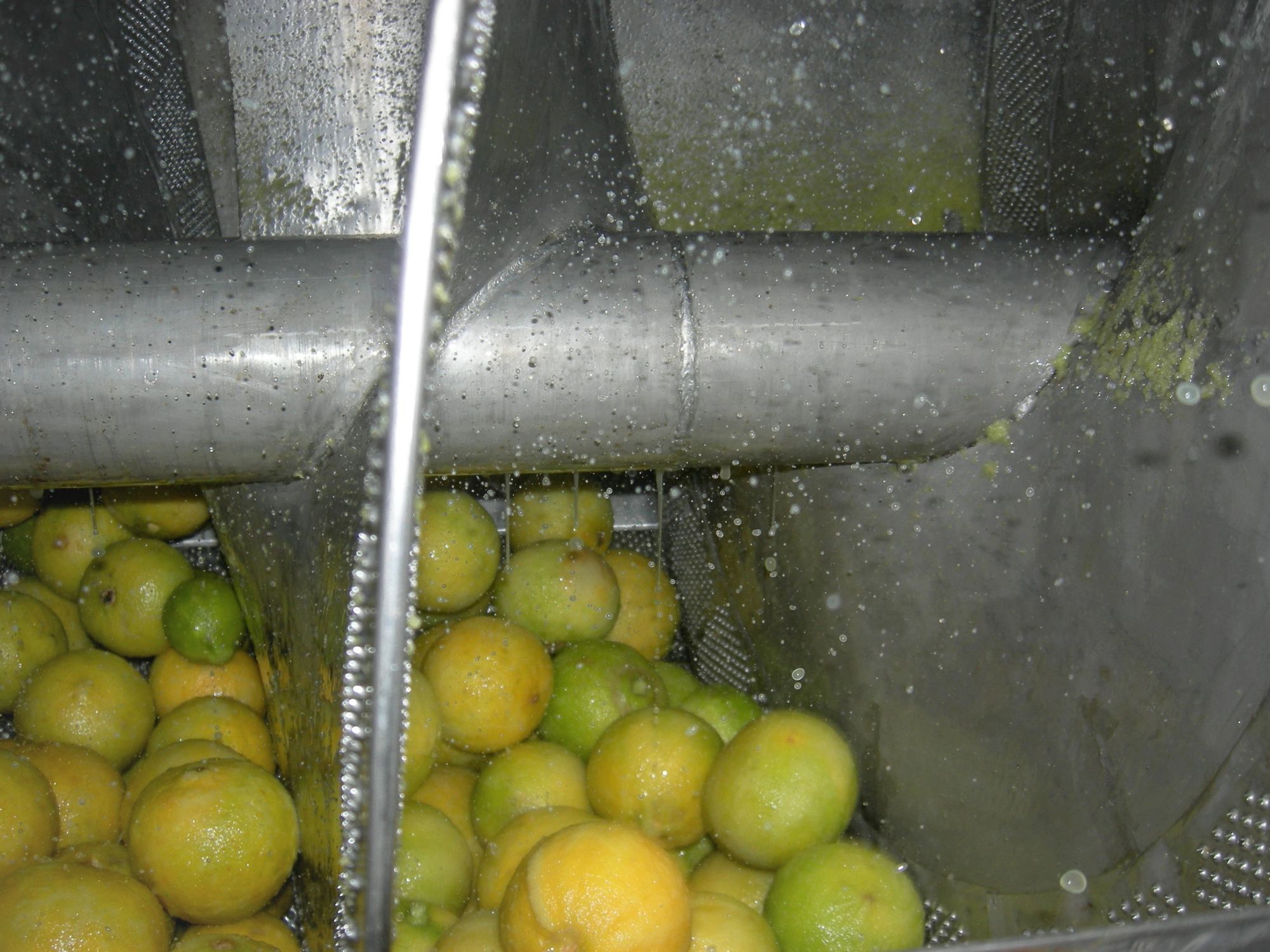
Modern bergamot processing for its essential oil
Fronds of Folklore
Energetically, bergamot is considered exceptionally harmonizing. It has an ability to simultaneously soothe and uplift, and it encourages coherence between the mind, body, and emotions.
In traditional Chinese medicine, bergamot’s main element is Wood, and its energy is cool and dry. “Its gently relaxing, yet distinctly uplifting effect is the result not only of its beautifully fresh, fruity-floral aroma but the fact that it smooths the flow of Qi-energy.” (Mojay, Aromatherapy for Healing the Spirit, 1999)
Julia Lawless writes: “In Voodoo, the essence is used to protect from misfortune and physical danger; it is also used to anoint the heads of all participants during initiation rituals.” (Aromatherapy and the Mind, 1994)
Bergamot is associated with the heart chakra. As Valerie Ann Worwood sublimely phrases it, bergamot “is an amplifier of light energy, energizing and magnifying, opening the heart to cosmic joy.” (The Fragrant Heavens, 1999)
Peter Holmes shares, “In terms of mental awareness, Bergamot helps us let go of preconceived notions, fixed ideas, and ego-driven thoughts in general. It can gracefully lighten the load of thoughts that can bog us down with their stagnant, rutted, repetitive patterns… Ultimately, then, we can say that Bergamot’s highest gift is to assist in staying with our own experience and to be ever open, curious, and in wonder about each moment of life as it arises, each now as it unfolds – without the burden of previous feelings and concepts.” (Aromatica, Vol. 1, 2016)
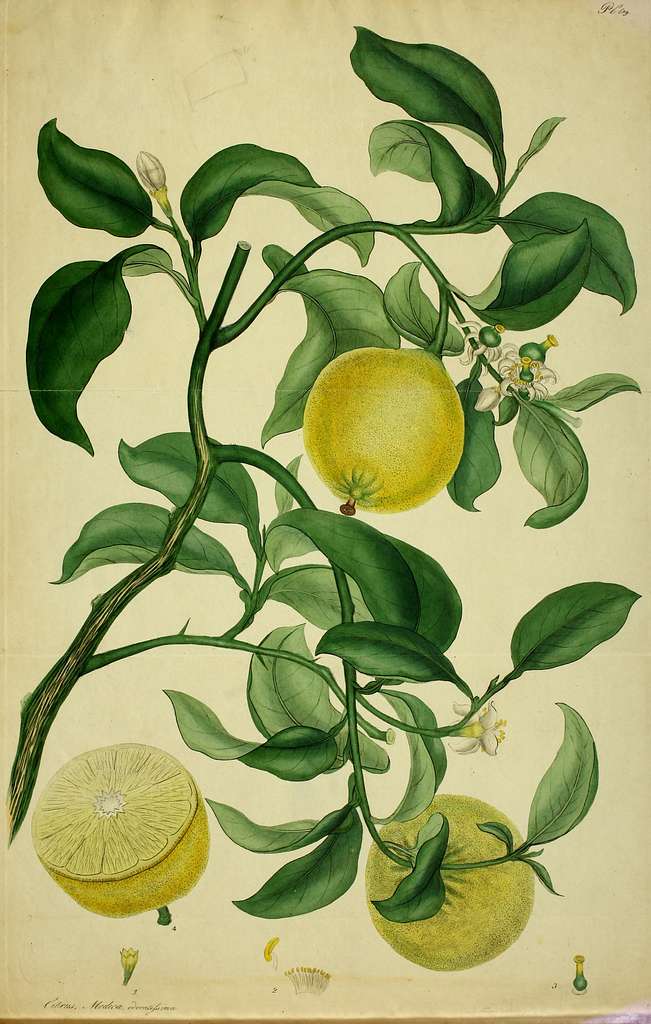
~
Despite being readily confused with several other plants and often misrepresented as a bumpy green makrut lime, the unique aroma, and flavor of the fruit of Citrus bergamia is unmistakable, and bergamot continues to enchant and inspire us with its bright and balancing presence.
“Bergamot lightens the shadows of the mind, bringing illumination and laughter.” ~ Valerie Ann Worwood, The Fragrant Heavens




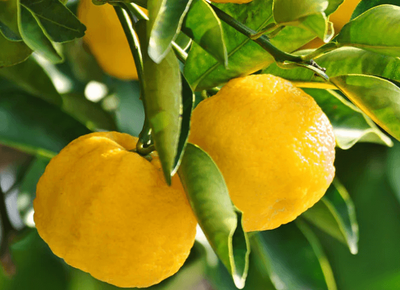
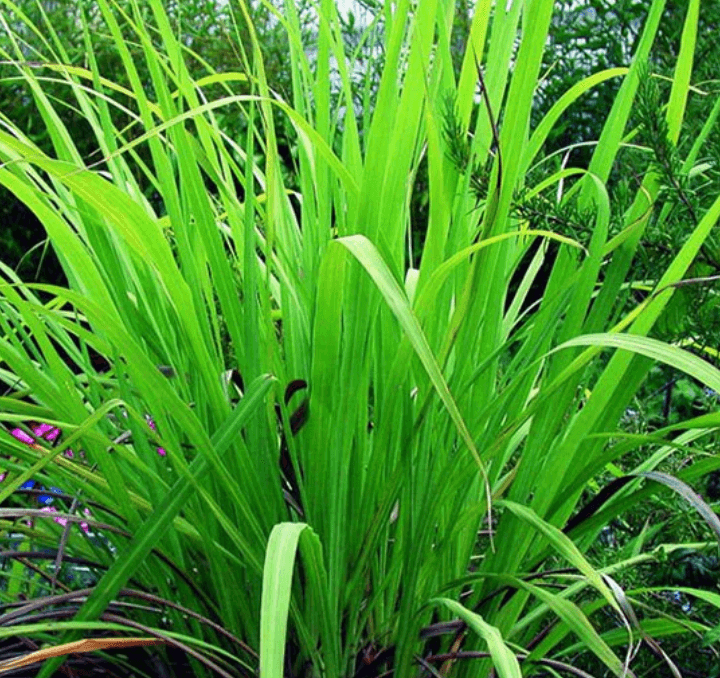

Member discussion